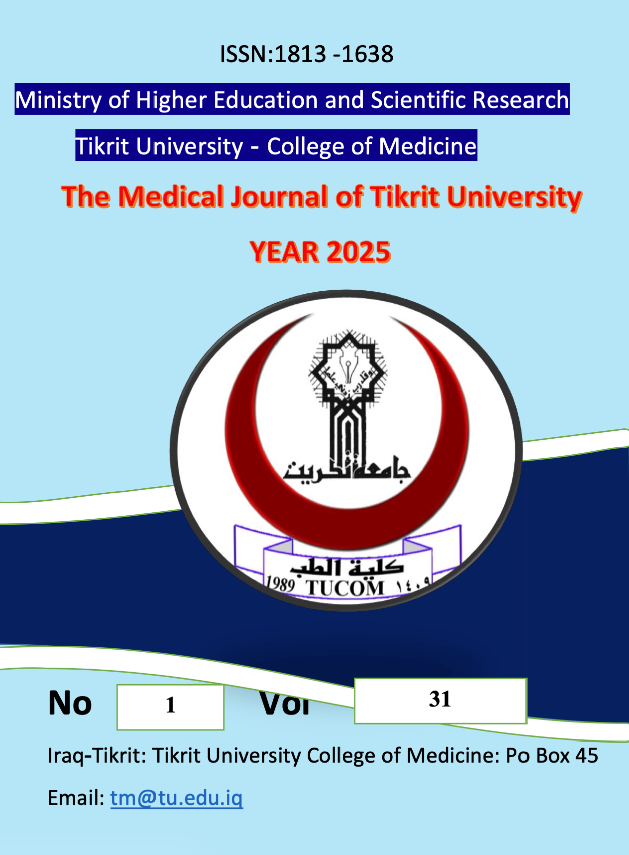Molecular detection of Escherichia coli in ulcerative colitis and the potential therapeutic activity of Artemisia annua extract in Sulaimaniyah province
Keywords:
E.coli, Stx1 gene, PCR, , Artemisia annuaAbstract
Background: Escherichia coli is part of a huge bacterial family, Enterobacteriaceae, which are gram-negative bacilli, rod-shaped bacteria that are usually found in the gastrointestinal tract of humans. E. coli is a motile, non-spore-forming, facultative anaerobic bacterium that ferments lactose quickly and produces an indole ring, oxidase-negative, catalase-positive colonies that appeared pink in color on MacConkey agar at optimum temperature 37°C. Its main virulence factors are toxins such as Shiga toxin-1 and Shiga toxin-2. E. coli frequently colonizes the colonic mucosa; it can cause chronic active colitis. Artemisia species are widely distributed throughout the world and are used worldwide for food, seasoning, and traditional medicinal treatment. A. annua extract has demonstrated diverse biological activities and contained antimicrobial compounds with selective activity against E. coli and other gram-negative bacteria.
Aimof the study: To detection pathogen E.coli in ulcerative colitis and the therapeutic potential activity of A. annua extract against isolated bacteria. Patients and methods: This study was designed to include 74 children below 4 years old and 100 adult with a suspected of ulcerative colitis, who underwent biopsy sampling in the Teaching Hospital for Gastroenterology and Hepatology in Sulaimaniyah between Marc 2024 to December 2024. blood agar and MacConkey agar was employed for the cultivation of the bacteria at 37C for 24 hours. Prepared A.annua extract, then well diffusion method was used for detect the therapeutic potential activity of different concentration of A.annua against isolated bacteria.
Results: A significant difference (P≤0.01) has been found in value of the activity of different concentration of A. annua extract on the isolated bacteria compared with negative control. We have been recorded increased the mean level of both concentration of A.annua (20 and 40)mg/ml, with pathogenic bacteria compared with control.
Conclusion: The effective methods for detection pathogen E.coli in ulcerative colitis is Molecular method to detect the E.coli nucleic acid and the Stx1 gene that is responsible for colitis; A. annua extract showed significantly higher effectiveness against E.coli.





